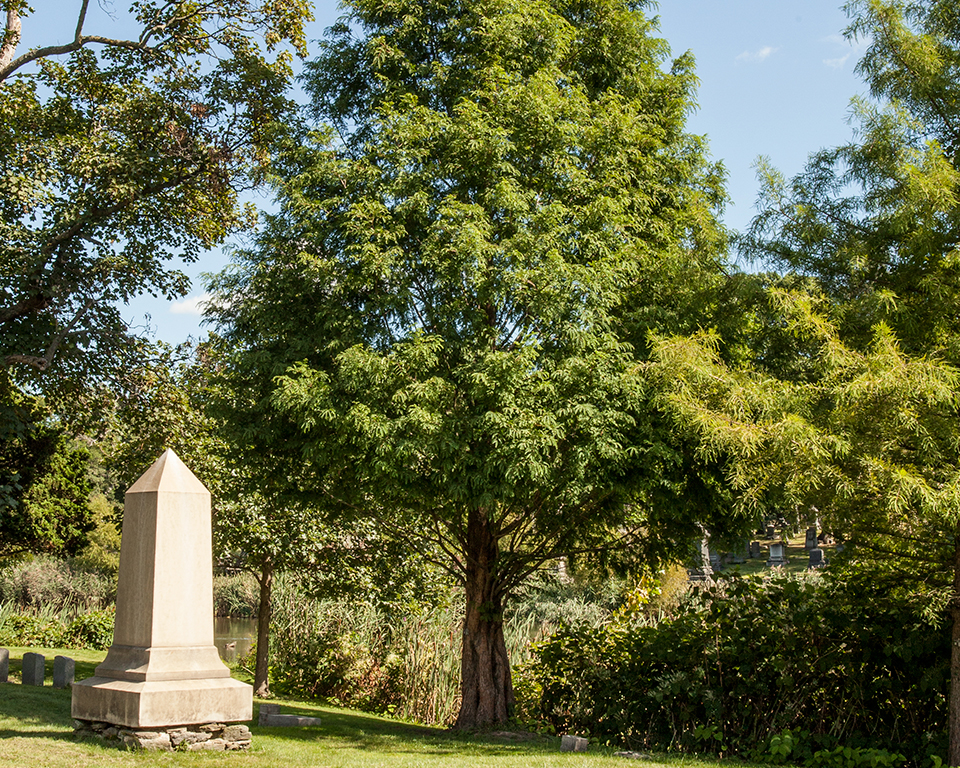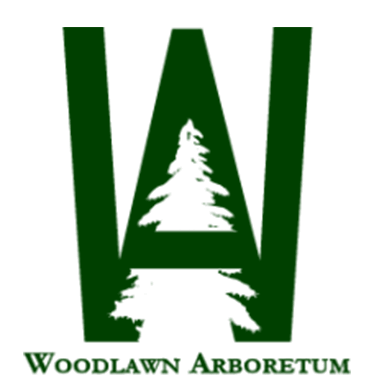METASEQUOIA GLYPTOSTROBOIDES – DAWN REDWOOD

Dawn Redwood grows rapidly on moist soil but tolerates dry sites also. It quickly develops into a showcase specimen and has even been used as a street tree in some communities. This points to its tolerance of urban sites with a pH of 7 or less. It grows in moist, rich soil in its native habitat. Do not plant in soil with a high pH. Remove lower branches early as the tree grows to create a clear trunk for planting along streets or in other tight urban spaces. I (Dr. Gilman have seen fine examples of this tree growing well in downtown sidewalk cutouts with very limited soil space. It may grow in USDA hardiness zone 9 in Florida, certainly in zone 9 in the west. This plant is considered mostly allergy free and causes little or no allergy problems in most people.
This tree was thought to be extinct until about 1945 when a Chinese botanist discovered some growing in a remote valley in central China. Fossil records show that the tree was once native to most of North America. Foliage remains on the tree well into fall and the tree leafs out early sometimes leading to frost damage. Early freezes can injure the tree before it hardens off. Some seedlings can be found germinating under certain trees. Squirrels, raccoons, rabbits, mice and deer find the bark attractive. Like other young trees that attract these animals, trunk wraps can deter this damage.

